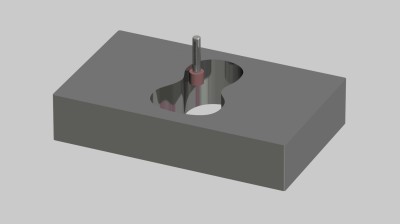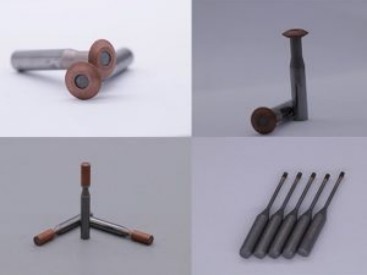Jig grinding
Jig grinding can grind high-precision inner holes, outer circles, tapered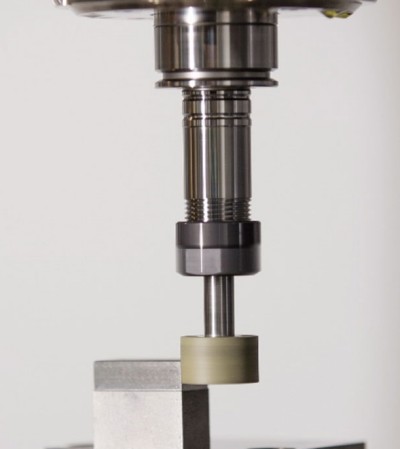
What are the commonly used grinding methods for Jig grinding?
There are generally three ways of Jig grinding: radial feed grinding, plunge grinding and plunge grinding.
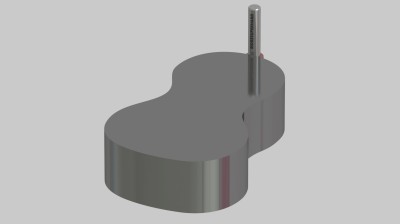
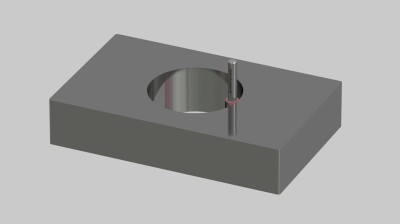
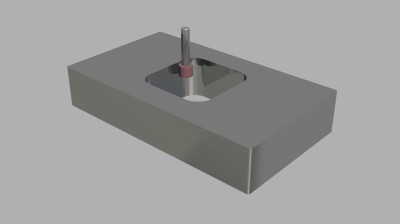
1. Radial feed grinding. The feature of this method is to use the circumferential surface of the grinding wheel for grinding, and each time the grinding wheel moves relative to the workpiece along the direction of the eccentric radius during feeding. This is the most common grinding method, the easiest to master, and therefore the most widely used. It is suitable for grinding various inner holes and outer cylindrical surfaces.
2. Plunge grinding. This grinding method is carried out by using the end face of the grinding wheel, also known as end face grinding. When feeding, the grinding wheel gantry planer is fed in the axial direction. If there is no absolute necessity (such as grinding shoulder surface, spherical surface, end surface, etc.), this method is generally not used.
3. Insert grinding method. This method grinds around the contour of the part being ground while the grinding wheel moves up and down rapidly. Particularly suitable for contour grinding with sprayed grinding wheels

